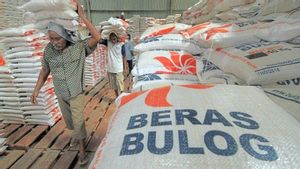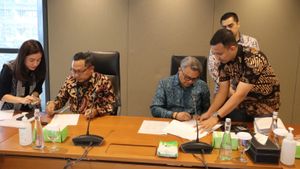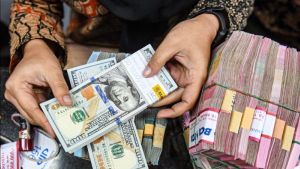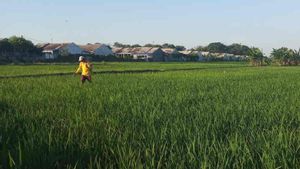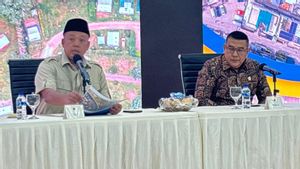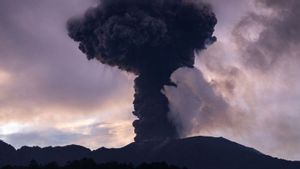JAKARTA - Director of Forestry Utilization and Water Resources Development of the IKN Authority, Pungky Widiaryanto, said that 65 percent or around 177,000 hectares of all regions in the archipelago would be dedicated as protected areas.
The move was taken as an effort to preserve the environment and biodiversity in the new nation's capital.
Pungky, quoted from Antara, Tuesday, March 26, said that 177,000 hectares of the protected area will be dedicated to 40,000 hectares for secondary forests, 2,000 hectares for mangrove forests, 55,000 hectares for industrial/monocultur plant forests, and 80,000 hectares for agriculture, mining, and oil palm plantations.
The forest area at IKN was in the spotlight after satellite imagery released by the United States Aeronautics and Space Agency (NASA) showed a comparison of forest conditions at IKN in April 2022 and February 2024.
Satellite imagery shows that in April 2022, forest areas in IKN are still relatively dense. Meanwhile, in February 2024, there were illegal logging in several areas.
OIKN's Deputy for Environment and Natural Resources, Myrna Safitri, admits that the current condition of the IKN protected forest is far from ideal. Massive conversions in recent decades - long before the IKN development - had changed the face of the forest.
According to OIKN, the causes of forest damage in the archipelago were caused by illegal logging, forest fires, illegal mining, expansion of industrial plantation forests and palm oil, as well as forest additions, which had taken place before the construction of IKN.
For this reason, Myrna said that the development of the capital city of the archipelago as a forest city will prioritize the preservation of nature and protection of biodiversity. An ecosystem recovery effort will also be carried out to restore the glory of the tropical forest of Kalimantan.
The IKN Authority on Monday introduced the Biological Diversity Management Master Plan as one of the steps to preserve biodiversity in the development of the new nation's capital city in East Kalimantan.
SEE ALSO:
OIKN stated that development in IKN will minimize the impact of development on biodiversity, including avoiding areas that have a high biodiversity.
However, if development has to pass or cut the natural habitat of flora and fauna, OIKN will provide compensation to maintain the survival of flora and fauna in the region.
One of the compensations in question is building artificial corridors to reconnect separate habitats and allow animal movement.
The English, Chinese, Japanese, Arabic, and French versions are automatically generated by the AI. So there may still be inaccuracies in translating, please always see Indonesian as our main language. (system supported by DigitalSiber.id)





